Owning a cat comes with responsibilities beyond filling food and water bowls. If your cat won’t stop meowing at door, it might signal a desire for outdoor adventures, but deciding whether to let them roam involves weighing significant risks and benefits. Cats crave stimulation, and constant meowing could mean their indoor needs aren’t fully met. This guide explores the debate on indoor vs. outdoor cats, drawing from veterinary insights and real-world experiences to help you keep your feline safe and content.
For more on feline vocal cues, check out cat mannerisms explained.
Pros of Letting Cats Outside
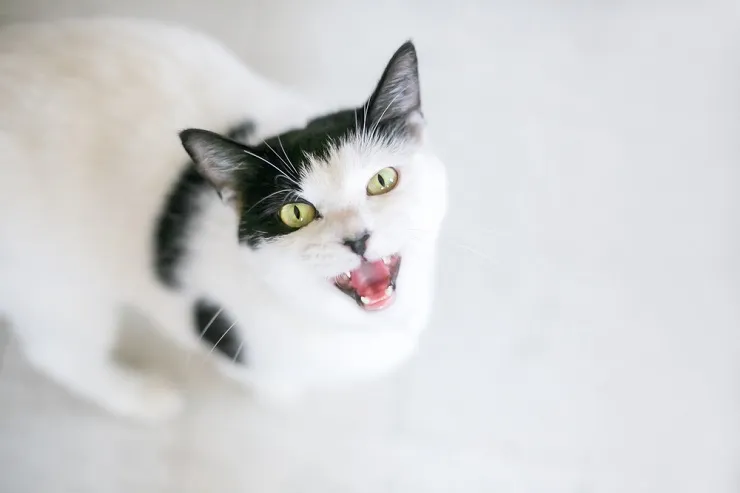 Cat meowing insistently near an outdoor door
Cat meowing insistently near an outdoor door
Allowing cats outdoor access offers clear advantages, especially for active breeds or those with high energy levels.
Increased Exercise
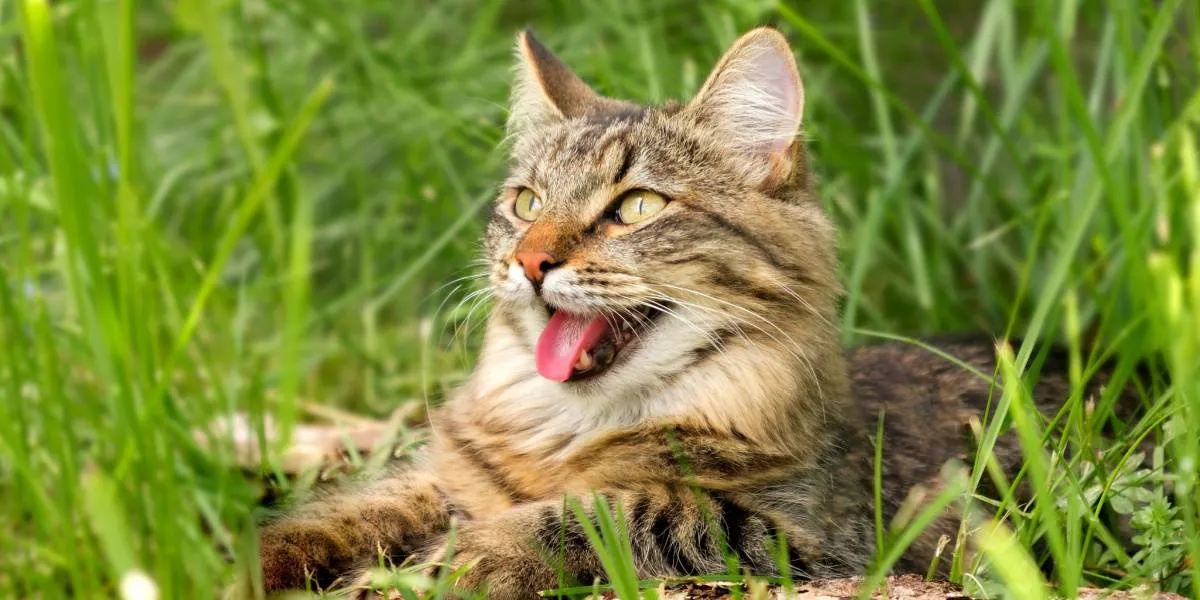 Cat exploring grass outdoors for physical activity
Cat exploring grass outdoors for physical activity
Outdoor exploration expands a cat’s territory, encouraging more movement than typical indoor napping. Cats naturally climb, run, and hunt, burning calories and maintaining ideal weight. Indoor-only cats often gain excess pounds without deliberate play, increasing risks like diabetes. Vets recommend at least 15-20 minutes of daily activity; outdoors naturally provides this through fence-jumping and territory patrols.
Mental Enrichment
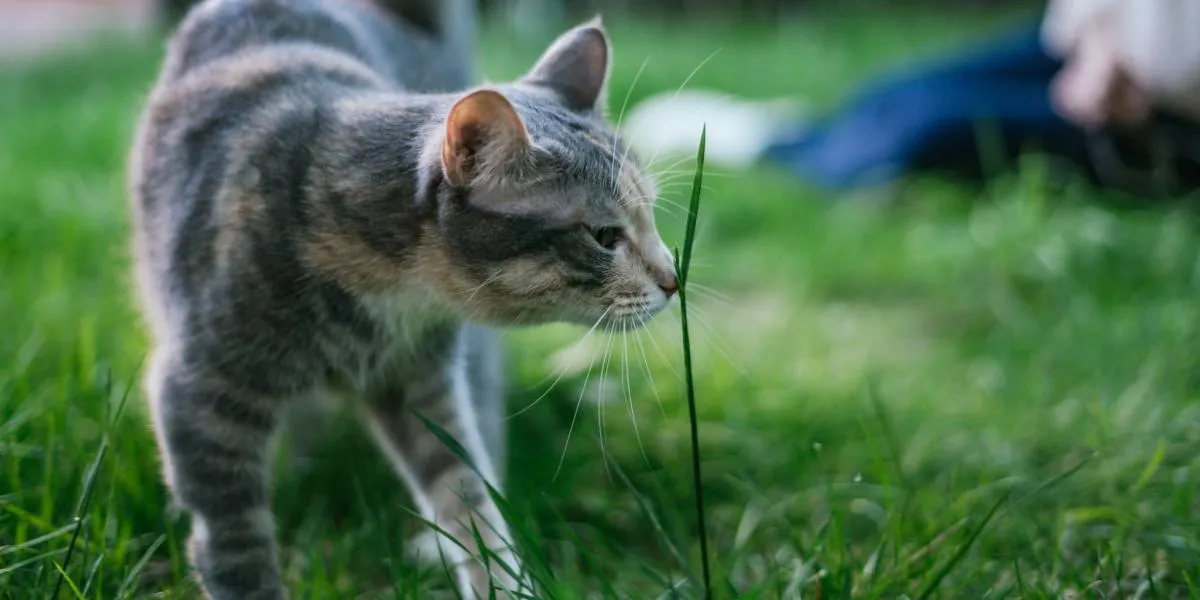 Cat sniffing a blade of grass curiously
Cat sniffing a blade of grass curiously
The outdoors bombards cats with novel scents, sounds, and sights, combating boredom. Indoor cats without enrichment may develop stress-related issues like excessive meowing. Fresh stimuli like rustling leaves or birdwatching sharpen senses, mimicking wild instincts. Studies from feline behaviorists show enriched environments reduce anxiety by 30-50%.
Natural Instinct Expression
 Cat stalking a bird in hunting pose outdoors
Cat stalking a bird in hunting pose outdoors
Scratching trees, marking scents, and pouncing on prey fulfill innate drives. Indoors, these manifest as furniture destruction or foot attacks. Outdoors, cats thrive by performing these behaviors safely on natural targets. However, predation impacts local wildlife, a concern in urban areas.
Explore related insights in cat actions.
Cons and Safety Risks of Outdoor Cats
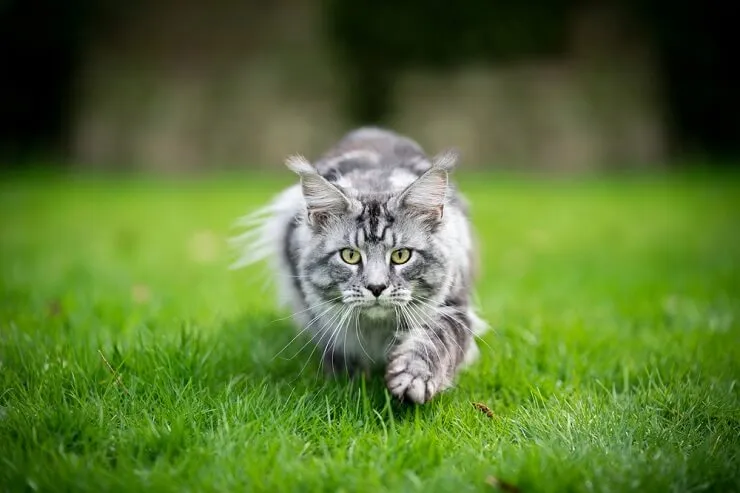 Cat displaying hunting instincts with potential risks
Cat displaying hunting instincts with potential risks
While appealing, free-roaming poses serious dangers. Research from the Journal of the American Veterinary Medical Association (NCBI: PMC7070728) confirms indoor cats live 2-5 times longer, averaging 12-15 years vs. 2-5 for outdoor ones.
Key hazards include:
- Traffic Accidents: Peak crepuscular activity (dawn/dusk) overlaps with rush hour.
- Parasites and Diseases: Fleas, ticks, FIV, FeLV spread via fights or strays.
- Wildlife Injuries: Attacks from dogs, foxes, or raccoons.
- Toxins: Antifreeze, pesticides, poisonous plants like lilies.
- Theft or Cruelty: Vulnerable to humans or confiscation.
- Unplanned Litters: Unspayed females face repeated pregnancies.
These risks underscore why many vets advocate indoor living with supervision.
Keeping Your Indoor Cat Happy and Satisfied
 Indoor cat relaxing in a new home environment
Indoor cat relaxing in a new home environment
If your cat won’t stop meowing at door due to unmet needs, enrich their indoor world. Constant door pleas often stem from boredom, not just wanderlust.
Provide Daily Enrichment
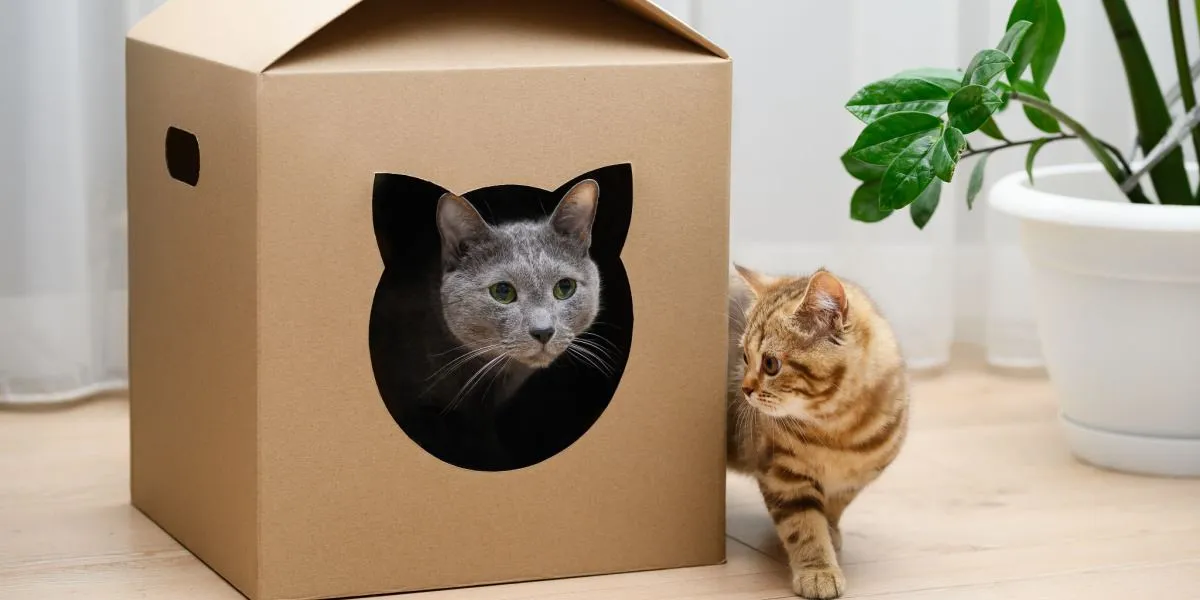 Cat exploring toys and structures indoors
Cat exploring toys and structures indoors
Mimic outdoors with cat trees, scratching posts, puzzle feeders, and interactive toys. Dedicate 20-30 minutes daily to laser chases or feather wands—mimicking hunts reduces frustration. Puzzle toys dispense treats, engaging problem-solving. For solo time, auto-feeders add unpredictability. Experienced owners report 70% drop in meowing after consistent routines.
Safe Outdoor Alternatives
 Cat enjoying supervised garden time safely
Cat enjoying supervised garden time safely
Compromise with harness training (start slow: 5-minute sessions building tolerance) or “catios”—enclosed patios for fresh air minus risks. Pet carriers near open windows let them sniff safely. Bird videos (“Cat TV”) entertain visually.
Other Reasons Your Cat Won’t Stop Meowing
 Cat chirping at birds from a window indoors
Cat chirping at birds from a window indoors
Meowing isn’t always about doors. Rule out:
- Heat Cycles: Unspayed cats yowl from 4 months; spay/neuter prevents this.
- Medical Issues: Hyperthyroidism boosts vocalization with thirst/hunger spikes; cognitive dysfunction mimics dementia.
- Stress/Anxiety: New pets, loud noises, or litter issues trigger changes.
Consult a vet first—bloodwork detects thyroid problems early. Behaviorists help if non-medical. Track patterns: nighttime meowing suggests illness.
Final Thoughts
 Cat playing happily in an indoor tunnel toy
Cat playing happily in an indoor tunnel toy
Balancing your cat won’t stop meowing at door with safety means prioritizing enrichment over free-roam. Indoor life with play, perches, and safe outings fulfills needs while dodging hazards. Spay/neuter, vaccinate, and vet-check annually for longevity.
Implement these tips today—your cat deserves a stimulated, secure life. Share your experiences in comments or explore more cat care guides!
Frequently Asked Questions
Why is my cat desperate to go outside and meowing nonstop?
They seek exercise, scents, and instincts. Boost indoor play and toys to satisfy.
How do I stop my cat from meowing at the door?
Enrich with cat trees, puzzles, and daily interaction. Vet-check for health issues.
Can indoor cats be as happy as outdoor ones?
Yes, with dedicated enrichment matching outdoor benefits like hunting simulations.
References
- Little, S. (2020). Allowing Cats Outside: Risks and Benefits. NCBI PMC7070728.
- American Association of Feline Practitioners. FIV/FeLV Guidelines.
- International Cat Care. Environmental Enrichment for Cats.
